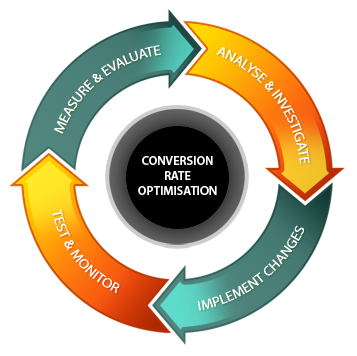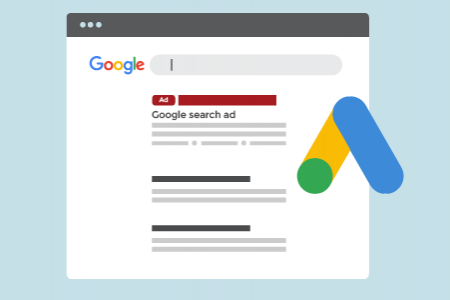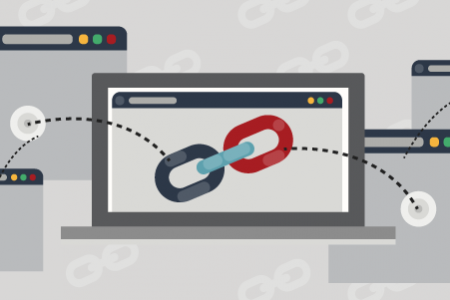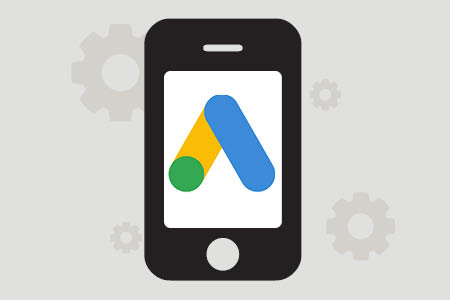We aim to respond to all messages within 1 business day. You'll be hearing from us soon!
In the meantime, perhaps you'd like to learn more...
How to implement Conversion Rate Optimisation (CRO)
In an earlier post I introduced just some of the ways you can try to improve your website's conversion rate and get more visitors to complete a desired action on your website such as submitting an enquiry, signing up for an offer, providing you with their email address, making a purchase, and so on.
In this follow-up post I'll introduce you to the process of Conversion Rate Optimisation (CRO), while also highlighting some of the tools that can be used to help you measure, test and monitor the performance of your CRO efforts.
Conversion Rate Optimisation Process
At its most basic level a typical CRO process can be summarised using the following diagram.

Step 1 - Measure & Evaluate
The first step in the Conversion Rate Optimisation process is to measure the performance of your existing conversion process. It's vital that you can determine how many sales/leads/enquiries/downloads etc are you currently receiving via your website in its current form. By doing so you can set benchmarks against which all of your Conversion Rate Optimisation efforts can be measured. When establishing benchmarks it's also important that you consider any increases or decreases in conversions (and visitors to your website) that can be a result of changes in seasonal demand for you products or services. Tools such as Google Analytics are fantastic for helping you to monitor these seasonal trends, while also making it relatively easy to measure your website's performance using by setting up analytics goals, and where relevant, conversion funnels.
Step 2 - Analyse & Investigate
Once you've established your website's existing conversion performance and established existing performance benchmarks, the next step is to analyse that level of performance and investigate what opportunities there might be for improvement. For example, from your Google Analytics data you might find that of those people who visit your enquiry or lead generation form, only a very small percentage actually go on to complete the form. At this stage you need to consider reasons as to why that might be. It can be helpful to put yourself in the shoes of the visitor (prospective customer) and try to understand what types of things might be acting as a barrier to them completing the form. For example, are you asking for too much information up front? Is the layout of your form confusing? Is it clear what the visitor is going to get by completing the form? (Remember the 'what's in it for me' mindset of most people browsing websites).
In addition to Google Analytics, other tools that can also prove invaluable at this stage include Crazy Egg (a simple and affordable heat mapping tool that allows you to visually understand user behaviour) and Click Tale (a powerful website analytics program that lets you study movies of how people actually interact with your website).

Click Analysis - Crazy Egg

Heatmap Analysis - Click Tale
Step 3 - Implement Changes
Armed with your analysis and identification of possible barriers to conversion (along with any other potential usability issues identified in the analysis and investigation phase), you can then set to work coming up with possible solutions. Examples of solutions could include adjusting the layout of your lead generation form or reducing the number of required fields that need to be completed on the form. If you're finding you're not getting enough visitor traffic to the lead generation form itself then you might consider making improvements to the placement or wording of your existing call to action (assuming you have one - which you definitely should!), or changing the existing text content so that it is more benefit focused and delivers more impact.
Once you've identified the solutions you would like to test, the next step is to create an alternative version of the page/content that you're wanting to test. Essentially you'll have one page that contains the original content (i.e. the 'control'), as well as a new version of the page which incorporates your proposed solutions (i.e. the 'experiment').
Step 4 - Test & Monitor
In order to test the performance of the 'control' page against the 'experiment' page you will need to use split-testing software such as Google Website Optimiser - a free website optimisation tool that makes it possible to test variations of pages/content alongside each other. This is known as 'split testing' or 'A/B testing'. Google Website Optimiser will control and monitor which page is displayed to each visitor to your website. It will also record which page delivered the most conversions (leads/sales/newsletter sign-ups) and will continue to do so until a clear winner is identified. How long your experiment will run for depends on the amount of traffic your page receives, the complexity of your experiment, and the difference in conversion rates for your different page combinations - less traffic, more complexity, and very similar conversion rates will contribute to a longer experiment time frame.
Using Google Website Optimiser and the results it provides from the testing phase you will have all of the necessary information to help you determine whether your solutions/changes have had the desired effect of delivering more conversions. For example, if your 'experiment' (new page) outperformed your 'control' (original page) you can take steps to update the website to reflect the improvements revealed from your testing process. Once updated you should continue to monitor the performance of your new page vs the benchmarks you originally established in the first stage of the CRO process, and if you're extra keen you can start the whole process all over again in an effort to achieve even greater conversion performance gains.
If you'd like to know more about the Conversion Rate Optimisation process and how you can take steps to improving the conversion rate of your website, please feel welcome to get in touch.
Written by Mark Vassiliou
Mark is the Manager of Digital Marketing at Apex and has worked in the digital marketing industry since 2004. Prior to joining Apex he worked in a variety of traditional marketing roles in both the corporate and SME environment in NZ and abroad, but these days much prefers the tangible measurability and transparency of digital marketing.Related posts
AWESOME! LET'S GET STARTED
TELL US HOW WE CAN HELP
We aim to respond to all messages within 1 business day. You'll be hearing from us soon!
In the meantime, perhaps you'd like to learn more...






